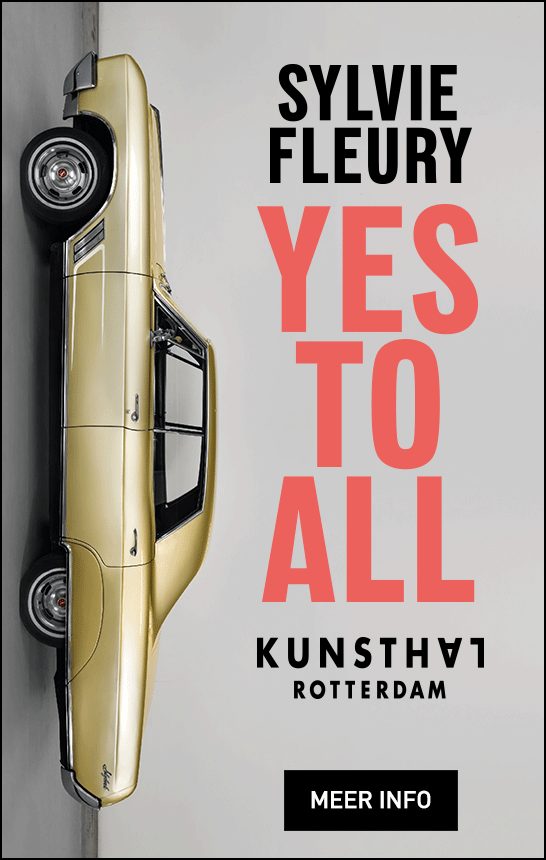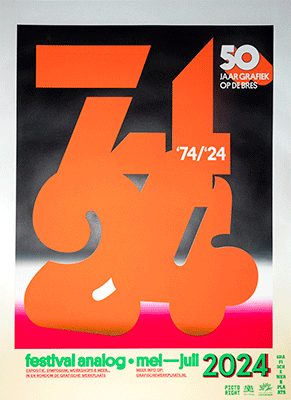Lorinde Verhees
Lorelinde Verhees
AKV|St.Joost, Breda/’s-Hertogenbosch
Lorelinde Verhees (1983) is an artist working with photography, sculpture and installation. She has a BFA in Photography (2002-2006) and a Master of Fine Art from the AKV|St.Joost (2009-2011).
Why an MA at St.Joost?‘I had been there for three years when I finished my bachelor and felt I needed to develop further. I was invited by Ad van Rosmalen, my director of studies, to apply to the MA programme at St.Joost. I knew the academies in Den Bosch and Breda. It felt familiar, and I had an idea of what I could expect. I had gone for an interview at the Piet Zwart Institute after I finished my BA, but I ultimately decided against it. I later developed a better picture of their programme, and find it too conceptual, in a way that I feel is no longer up to date.’
How did you get your information?‘Mostly informally, through artists whom you admire who studied at particular schools, but also by way of publications and art blogs. I find the images that the academies project of themselves on the Internet often hard to judge.’
How free is the MA compared to the BA?‘The master was, at that stage of my development, free enough for me. You have two days a week of classes, where you do a lot together with the others. I was in an excellent class of five students. It gives a counterbalance to the way you are always alone in your studio as an artist. Sometimes the academic side of things goes a bit too far, but that often has to do with the BA-MA system, in which all kinds of competencies have to be measured at random times. There is little the schools themselves can do about that. The teachers are often not very happy about it. For the next step, I would think of postgraduate institutes such as the Rijksakademie or the HISK higher institute for fine arts in Ghent, without the academic element. A studio of your own, good places to work, tutors who visit every two weeks: that would suit me best.’
What do you think back on with pleasure?‘Bas van den Hurk was my mentor while I was writing my master’s thesis. I got a lot out of those discussions, both in terms of theory and in my work. Two weeks in Chicago as part of the programme was also an important experience. In the US, the difficult position of the artist is exacerbated: there is no money, no certainty, enormous student loans to pay back. Artists work together more, in order to get things accomplished. There was ambition and a positive attitude that helped me charge my own batteries.’
Did the MA shape you?‘Yes. I was able to lay the foundations to continue forward, more than when I was studying photography for the BA. Although I learned a lot there: that I am not a photographer, for example, but that photography does fascinate me as a medium. Once you have the feeling for it, you can put it in its place, and a great deal becomes possible.’
This year, you will be attending the Mountain School of Arts in California, which is run by artists. Why have you chosen that school?‘It was suggested to me by Marjolijn Dijkman, one of their tutors, and it seemed absolutely fantastic! Moreover, at the moment, the climate here in the Netherlands is rather bleak. There are not many perspectives for young artists. Other countries become more appealing. The way, as artists, Piero Golia and Eric Wesley set up the anti-institutional Mountain School is very interesting to me. They have successfully integrated their practice as artists into society, without making concessions. Building on your strengths – that is inspiring.’
Would you advise others to follow a master programme? ‘It does not make everyone happy. It can help if you want to succeed internationally, but it is certainly no guarantee. An MA means you can teach at an art school, if that is your ambition. For me, those factors play a role, but so does gaining time. It is a way to have an extra two years to work on your development as an artist, and that is something that is absolutely priceless.’






















